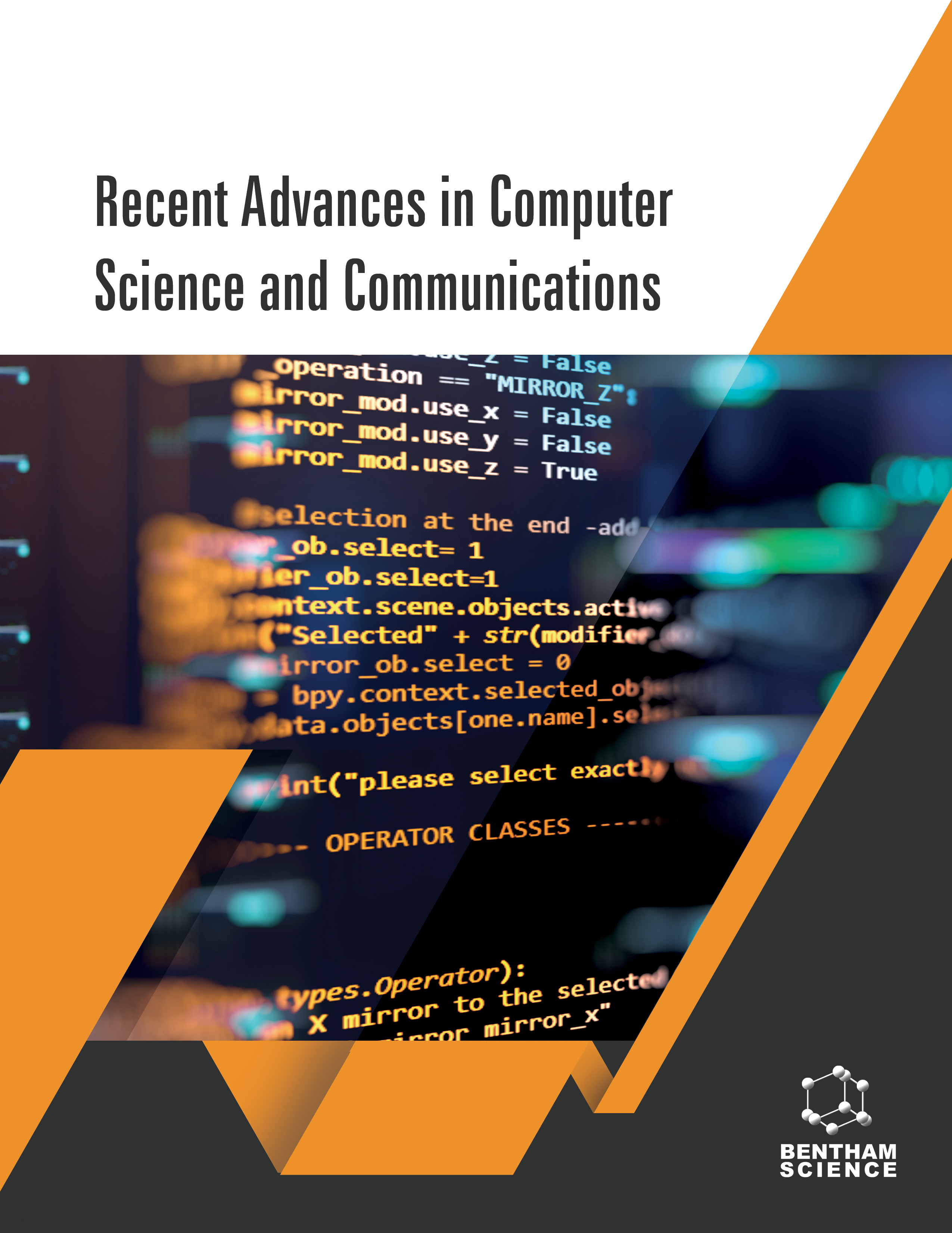
Full text loading...
We use cookies to track usage and preferences.I Understand
Ransomware, a form of malicious software originating from cryptovirology, poses a serious threat by coercing victims to pay a ransom under the risk of exposing their data or permanently restricting access. While basic ransomware may lock a system without causing harm to files, more sophisticated variants utilize cryptoviral extortion techniques. The danger of ransomware is significant, with ongoing discoveries of new strains and families on the internet and dark web. Recovering from ransomware infections is challenging due to the complex encryption schemes employed. The exploration of machine learning and deep learning methods for ransomware detection is crucial, as these technologies can identify zero-day threats. This survey delves into research contributions on the detection of ransomware using deep learning algorithms. With deep learning gaining prominence in cybersecurity, we aimed to explore techniques for ransomware detection, assess weaknesses in existing deep learning approaches, and propose enhancements using those deep learning algorithms. Machine learning algorithms can be employed to tackle worldwide computer security challenges, encompassing the detection of malware, recognition of ransomware, detection of fraud, and identification of spoofing attempts. Machine learning algorithms play a crucial role in assessing prevalent forms of cyber security risks. They are instrumental in identifying and mitigating attacks, conducting vulnerability scans, and evaluating the risks associated with the public internet. By leveraging machine learning, computer defense mechanisms can effectively identify and respond to various cyber threats. These techniques aid in fortifying systems against potential vulnerabilities and enhance the overall security posture. Research in this field investigates the utilization of cyber training in both defensive and offensive contexts, offering insights into the intersection of cyber threats and machine learning techniques.

Article metrics loading...

Full text loading...
References


Data & Media loading...

